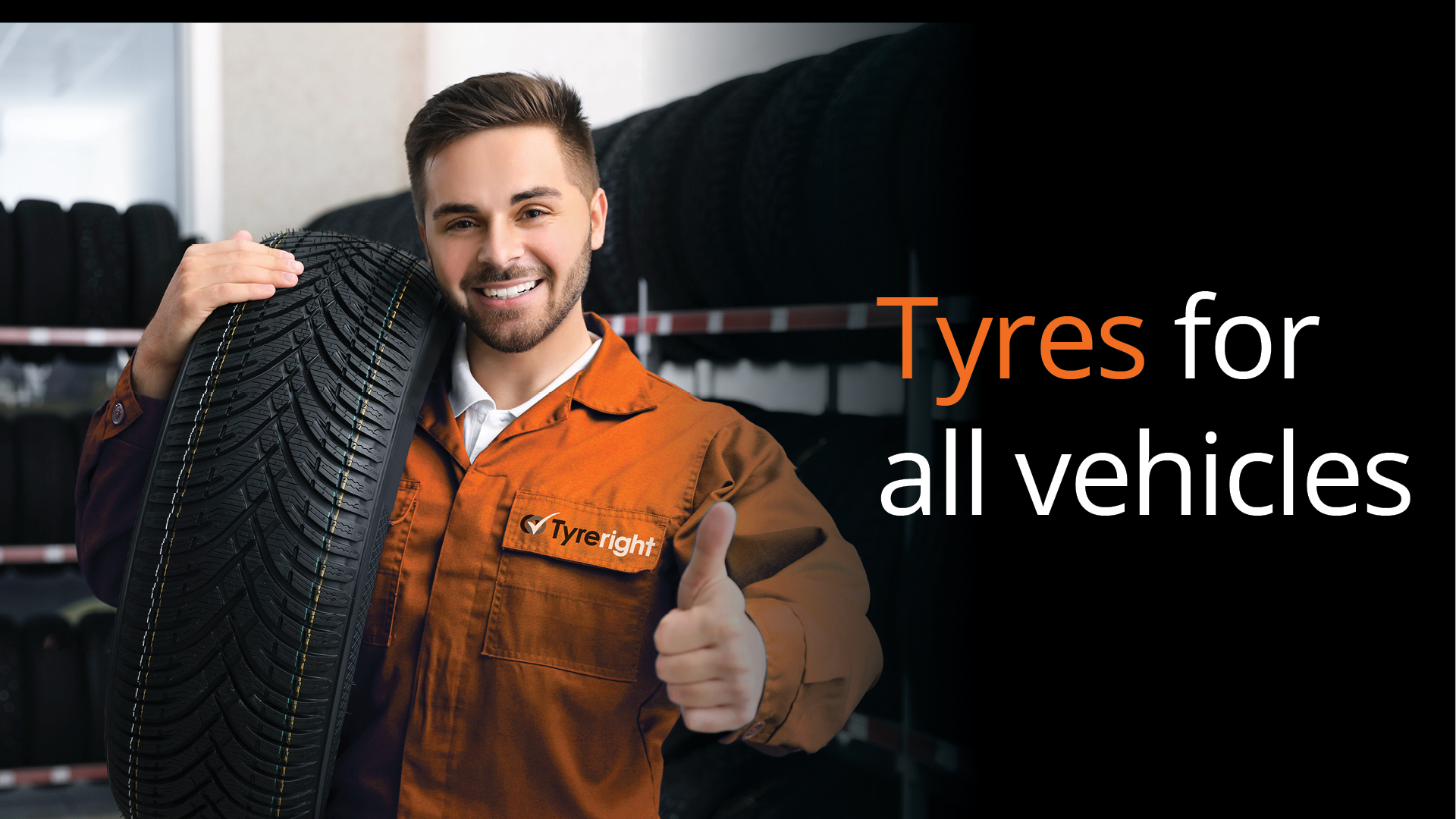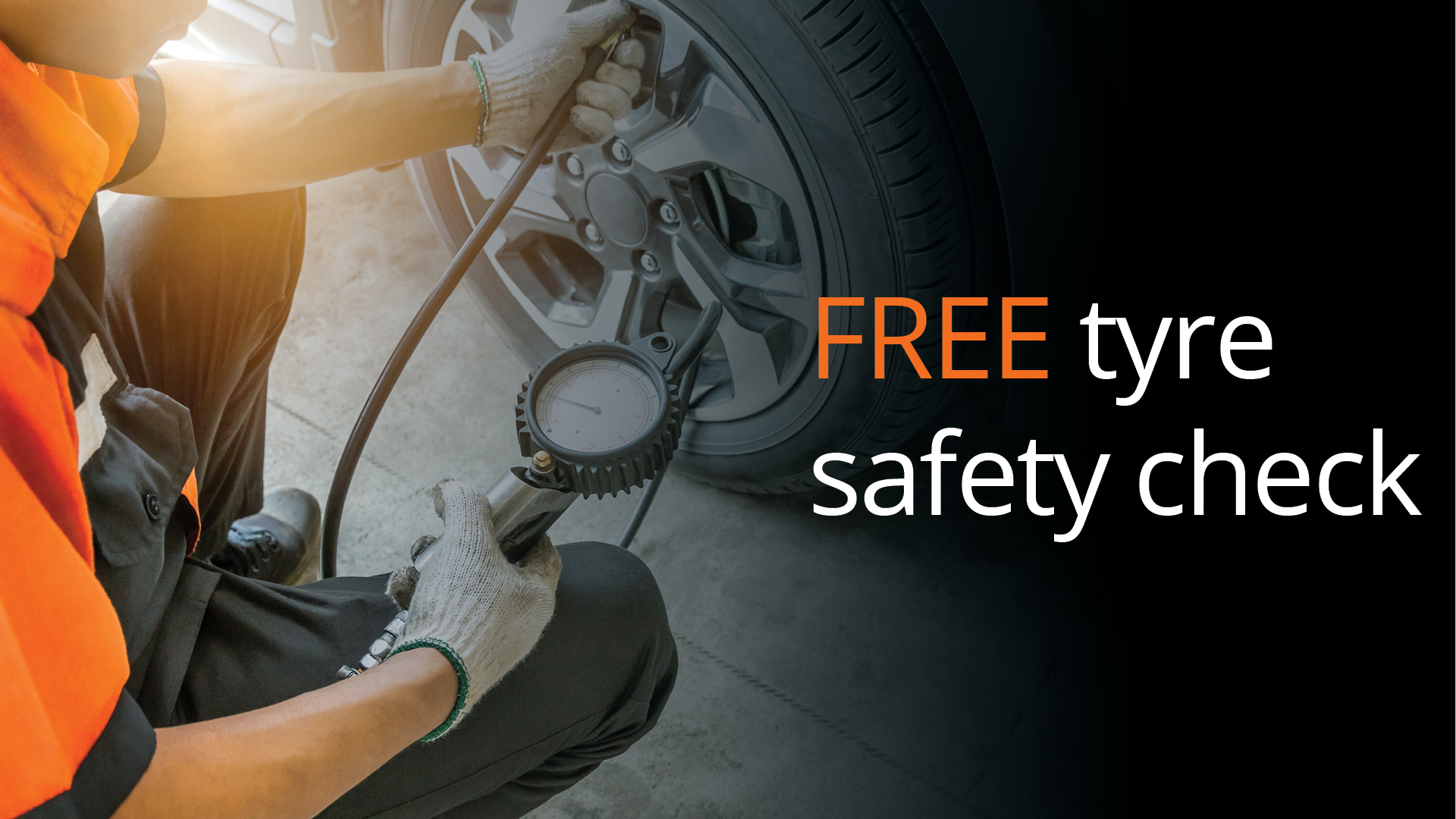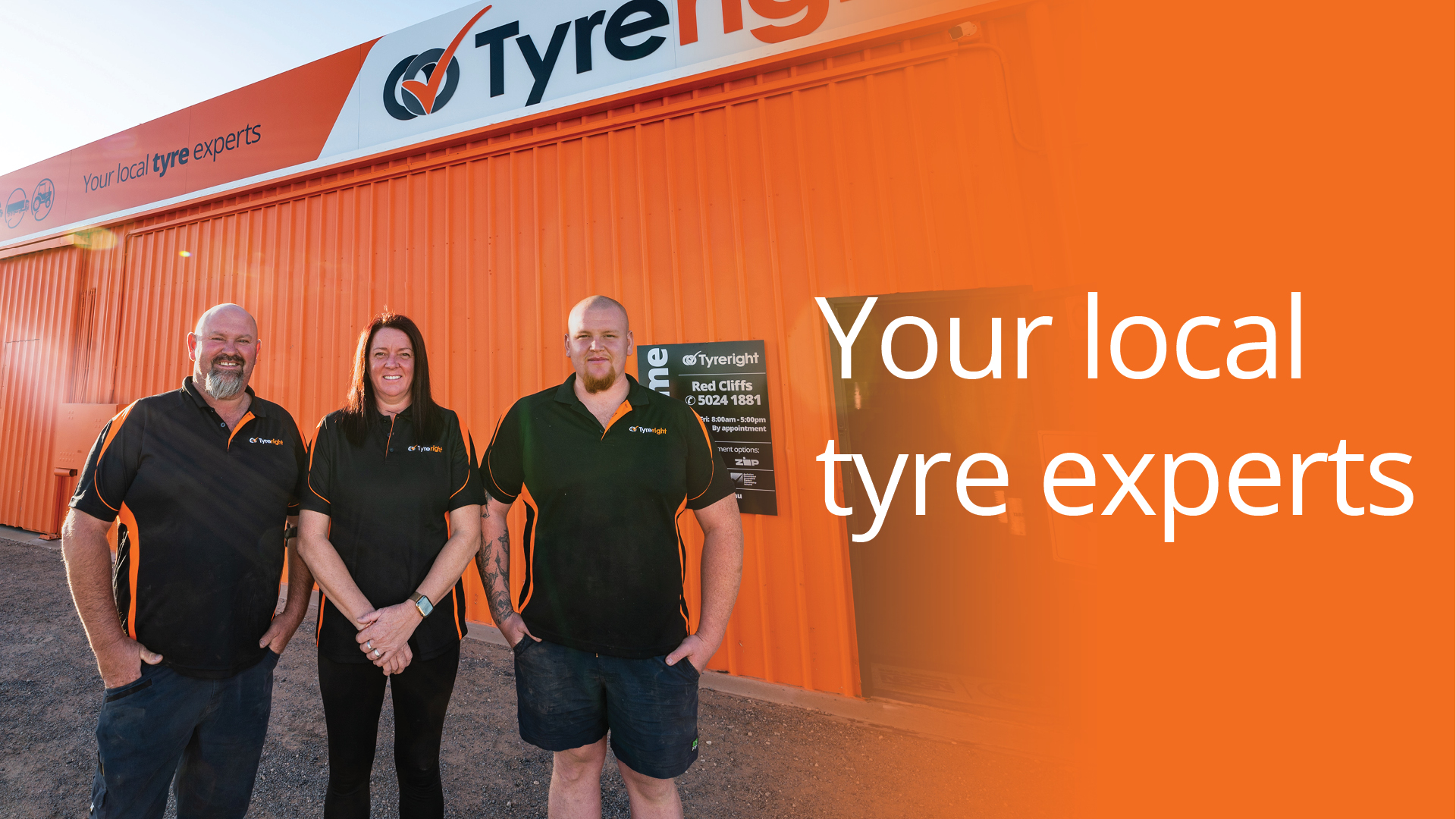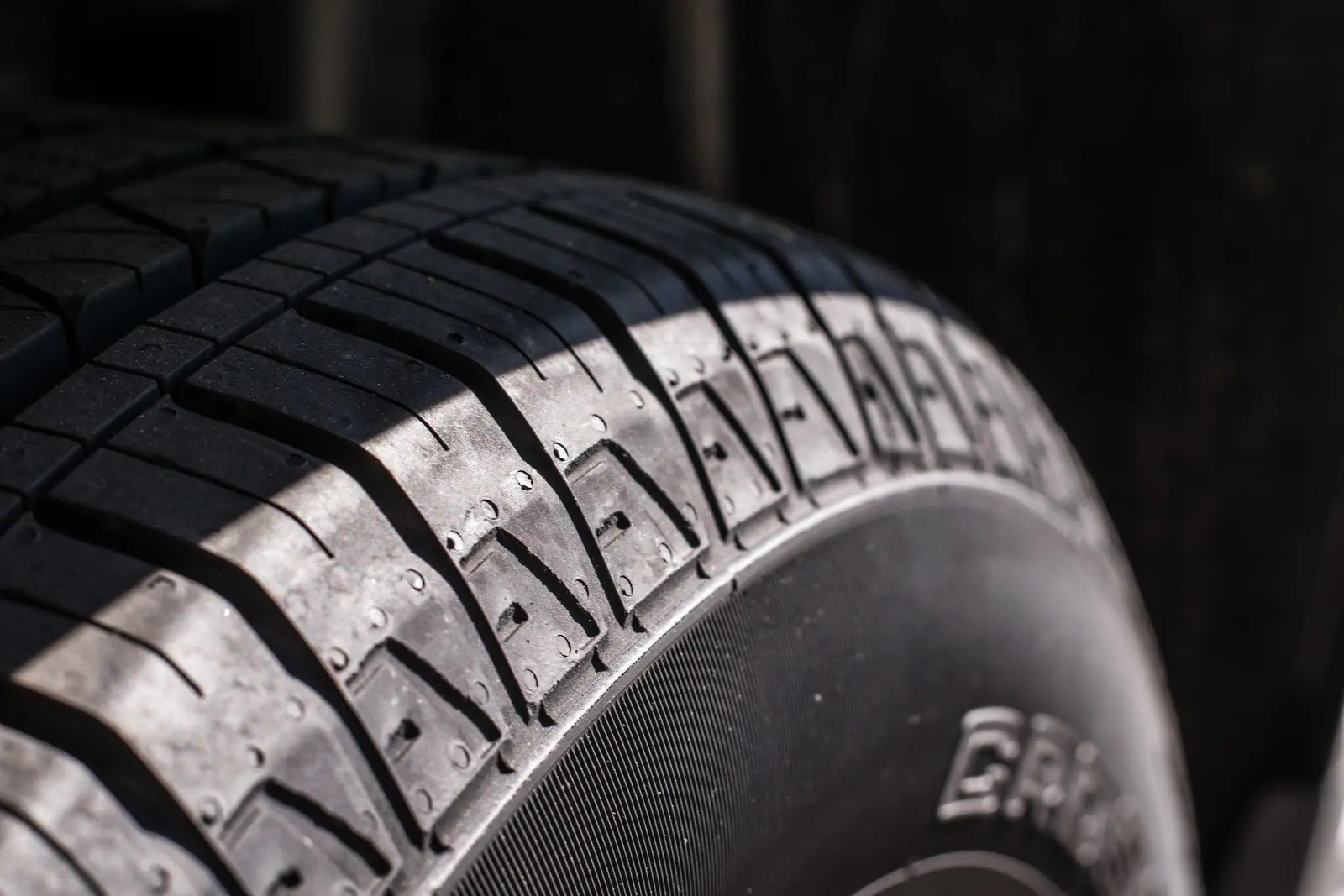Tyres are an integral part of how your car operates because they are the only contact between your vehicle and the road. Not only are they crucial to a car’s main function of driving (obviously) but they have a significant impact on your car’s handling, fuel efficiency, stopping ability, and ride comfort.
Worn, damaged, or bald tyres can lead to disaster. In the US, 33,000 car crashes are caused each year as a result of tyre-related issues, with deaths ranging from 200-400. While the cost of tyres can be high, particularly with larger vehicles and performance cars, you really can’t afford to put a price on safety. These issues don’t just apply to the US. A survey of 2,200 drivers conducted by A Current Affair in 2018 found that 33% of Australian drivers admitted to driving on tyres they suspected were unroadworthy, and almost 50% said they delayed buying tyres for as long as possible.
We recently wrote an article on how often you should replace your vehicle’s tyres depending on a few factors, which you can find here, but if you find yourself noticing a decrease in how well your car is handling, or you aren’t sure whether your current tyres are past their best, it’s time to do some quick checks to see if your tyres need replacing.
To understand the importance of tread depth, consider a Formula 1 car. During glorious sunshine, you’ll see them whizzing around a track comfortably at 200km/h with tyres as flat as the Victorian countryside. As soon as the rain starts, however, you’ll see them whizzing around the same track comfortably at 200km/h with tyres featuring mountainous treads. There’s a reason they change tyres.
The tread on a tyre has a vital function – it channels water away from the tyre’s point-of-contact with the road, helping the tyre maintain grip in wet or slippery surfaces. The less tread a tyre has, the more contact a tyre has with the surface (which is great for dry conditions) but the less effective it becomes at dispersing water. This increases the likelihood of an accident occurring in wet weather.
In Australia, the legal tread depth of tyres is 1.5mm. That seems small, but that’s the minimum distance between the top and the bottom of the tread that tyres need to function at the lowest level safely. To check your tread depth, simply stick a ruler in one of the grooves in your treads and see how much the top of the tread sticks up from that point. If it’s under 1.5mm, you need to replace your tyres straight away.
You can also check your tyre’s tread depth indicators. In some of the grooves, you’ll notice a raised bump. When the tyre tread is the same height as the raised bump, it’s time to replace your tyres regardless of their condition.
However, there’s nothing quite like ensuring the safety of yourself, your family, and others around you, so we highly recommend changing your tyres long before this stage, around the 2-3mm mark.
Changes to your vehicle’s ride comfort
Noticing an increase in road noise? Perhaps you’re feeling more vibration from the steering wheel than normal. You could be having to engage in a fight to keep the car going in a straight line. While the latter could be more of a wheel alignment issue, all of these symptoms can be indicative your tyres need replacing.
Vibrations could be caused by bent or uneven tyre surfaces, with unusual sounds coming across in a generally louder drive, or thumping & banging coming from your tyres.
Either way, it’s time to slap on a new set of tyres.
Bulges & blisters
No, we’re not talking about your post-Christmas workout routine. Bulges & blisters are an immediate sign a tyre needs replaced.
These are generally caused by one of two ways:
The first is uneven wear on a tyre creates a spot on the tyre where the rubber is thinner, and air pressure can cause it to bulge. Left unchecked, this is likely to lead to a blowout and disastrous consequences.
The second is the frame of a tyre has been damaged by rough driving such as hitting potholes or obstacles. This causes uneven air dispersal throughout the tyre, which can cause an uneven ride and eventually a blow-out.
Sadly, even if the rest of your tyre looks fine, an uneven bulge is something that will only ever end in tears.
Your tyres are old enough to start school
How many of you genuinely believe you know exactly how to tell when your tyres need to be replaced? Some of you might, but most of you are here because you don’t. Regardless of how far you’ve gone with your current tyres, it’s recommended to have them rotated at least once a year and outright replaced every 5 years regardless of their condition, despite some manufacturers producing tyres that can last for up to 10 years.
If you can’t remember or you don’t know how old your tyres are, don’t worry. There’s an easy way to check their age by examining the sidewall of the tyre. The first place you need to look is for the characters that follow the letters DOT. You’ll see a variety of letters & numbers here, but to work out a tyre’s age, only the last 4 characters matter.
The first two characters identify the week the tyre was manufactured, ranging from 01 – 53, with 01 being the first week in January and 53 being the last week in December. (we go up to 53 because of each year’s nasty habit of not starting at the beginning of the week
The last two characters identify the year the tyre was manufactured. For example, a string of characters ending in “0121” would tell you that a tyre was manufactured in the first week of 2021. For tyres manufactured prior to 2000 you’ll only see three numbers, but that doesn’t matter. Your tyres are over 20 years old. Replace them.
After 5 years, the rubber compounds in the tyre start to break down, which is why the date of manufacture is stamped into the sidewall. While it’s not a legal requirement to replace tyres older than 5 years in Australia, we still recommend doing so every 5 years regardless of the tread condition.
Cracks in the sidewall
Cracks appearing anywhere on your car are concerning, and your tyres are no different. Rubber contains oils & chemicals that help keep the tyre strong and flexible, and long-term exposure to UV light (read “sunlight”) can dry tyres out.
Cracks appearing in the tyre are a symptom of this, so whether you see small cracks or sheer crevices in your tyres, it’s time to invest in some new tyres.
Objects embedded in the tyre
This one is a little obvious, as generally objects embedded in your tyres come with the notable symptom of flat tyres. However, not every puncture requires a full replacement. Quite often, small objects such as short nails or screws can be removed, and the hole can be sealed up again.
However, larger objects such as spikes, knives, very sharp sticks or stones can create irreparable holes in your tyres. Either way, chances are if you have a flat tyre you’re already speaking to a mechanic about replacing them, so they should be able to tell you if your tyre can be saved, or whether you’ll need to replace it altogether.
Don’t forget your spare tyre
You forgot about your spare tyre, didn’t you? It’s not your fault – it happens to the best of us. Hiding away in the boot, spare tyres usually only come out when something has gone wrong, but if you’ve neglected to check on your spare tyre in quite some time, then the problem you’ve solved with the spare tyre could become the least of your worries in the immediate future.
Tyres have a lifespan of around 5-6 years on average, even if they are rarely used. Rubber degrades over time, and the more that rubber degrades, the more unsuitable the tyre becomes
Yes, spare tyres are backups for when a main tyre doesn’t work as it should, but there’s no backup to the backup, so always remember to check your spare tyre for damage and wear as well.
Get help from the experts at Tyreright
Not many people are experts in tyres, and not being able to tell when your vehicle needs new shoes could be a costly decision. If you’re not sure whether you need new tyres, or whether your tyres just need a pump up and rotation, book a time to come see your local Tyreright. Head here to find a location near you, and get a great deal on your next set of tyres.








